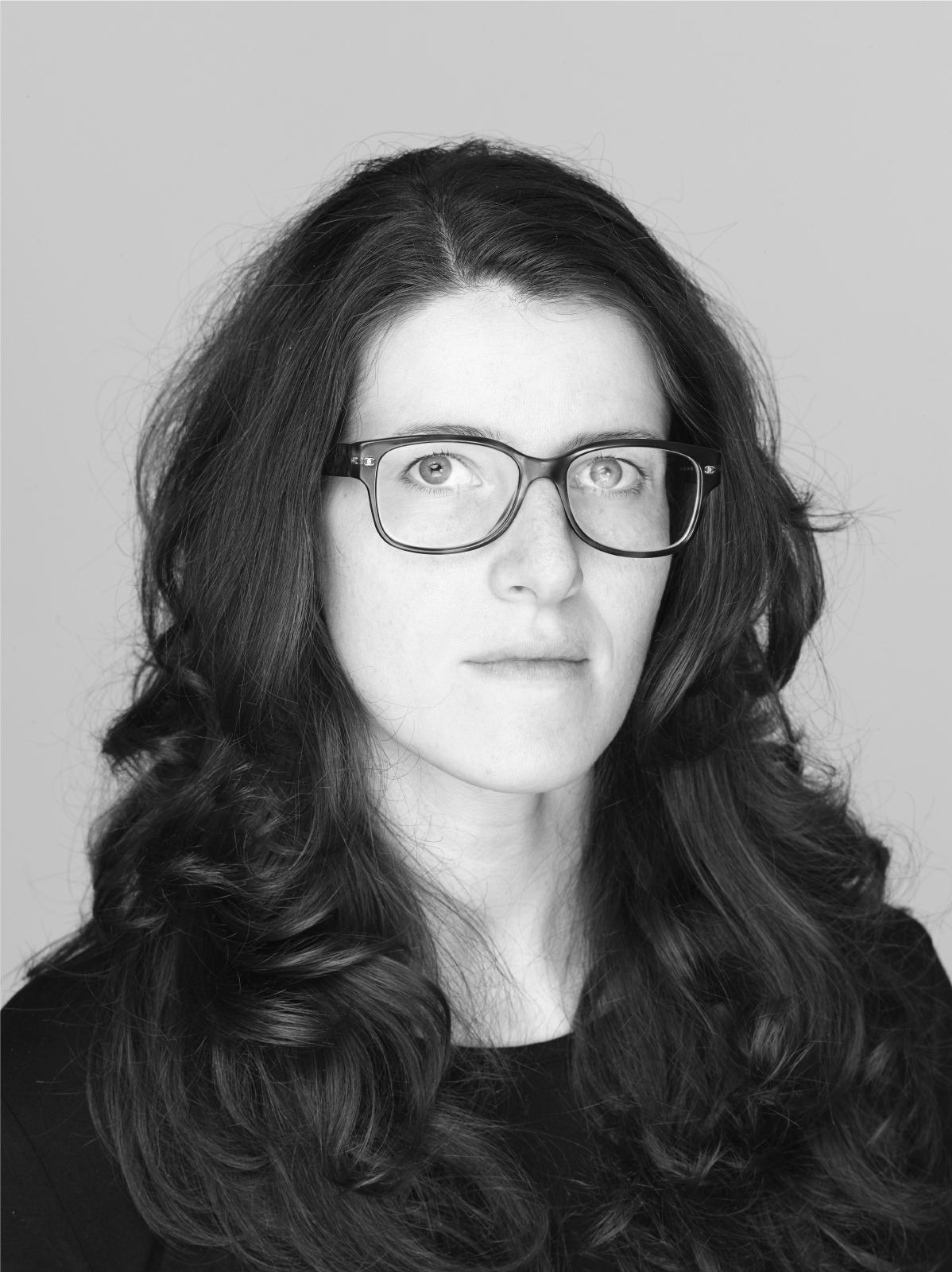mcolpani@gmail.com, martacolpani.com

Title thesis:
ElsewhereSubject:Elsewhere researches the idea of foreignness by looking closer at how our environment, our stories and the objects we own are given shape. We design our objects, our nature, our narratives and they – in turn – direct our perceptions and beliefs continuously and almost seamlessly.
Various artists have been interviewed and their practices are discussed in relation to art’s potential to subvert our personal experiences by producing foreignness, and putting us in the position of the newcomer, the stranger who has to learn how to “read” the surroundings all over again. I argue that this situation doesn’t make us weaker, it rather empowers us with new imaginative space.
Collecting text and images from the environment that we live in, is the way I compose my works. I don’t create new images from scratch, instead I pick all kinds of different “parts” from what is around us, and I put them in the spotlight. I present them outside of their original context so that they can convey new meanings to the viewer, either remembered or imagined..
A window still looks like a window once I have captured it with my camera, isolated it from its physical surroundings with Photoshop and blown-up on a white wall. But from that white wall, that same window will also create new space for itself and will start to exist in our thoughts as something else.
It is essential for my work to be grounded in the cultural, social and physical environment and its architectures. For instance, how do smaller or bigger windows direct us towards a different behaviour, or different ideals even? What does it mean to my body or to my feelings that a door opens to the outside, instead of to the inside of a room? How does the meaning of words take shape in the language we speak, by us speaking it? The concrete construction of our surroundings, as much as the words and gestures that we use to communicate with others, construct our beliefs and imagination..
Art is my chance to place different elements of the daily environment as we know it in a context that is more free, where they can become something else than what they were initially intended to be. Especially formal elements of the environment that direct our thoughts and behaviour (words, objects) can be presented on their own, out of their original situation, so that they are allowed to become functionless and be only form. They can become something personal to the viewer, who is given the power and freedom to create his own story with them and so to own them anew.
 HET GEMAAKTE LAND II HET GEMAAKTE LAND II |
mcolpani@gmail.com, martacolpani.com

Title thesis:
ElsewhereSubject:Elsewhere researches the idea of foreignness by looking closer at how our environment, our stories and the objects we own are given shape. We design our objects, our nature, our narratives and they – in turn – direct our perceptions and beliefs continuously and almost seamlessly.
Various artists have been interviewed and their practices are discussed in relation to art’s potential to subvert our personal experiences by producing foreignness, and putting us in the position of the newcomer, the stranger who has to learn how to “read” the surroundings all over again. I argue that this situation doesn’t make us weaker, it rather empowers us with new imaginative space.
Collecting text and images from the environment that we live in, is the way I compose my works. I don’t create new images from scratch, instead I pick all kinds of different “parts” from what is around us, and I put them in the spotlight. I present them outside of their original context so that they can convey new meanings to the viewer, either remembered or imagined..
A window still looks like a window once I have captured it with my camera, isolated it from its physical surroundings with Photoshop and blown-up on a white wall. But from that white wall, that same window will also create new space for itself and will start to exist in our thoughts as something else.
It is essential for my work to be grounded in the cultural, social and physical environment and its architectures. For instance, how do smaller or bigger windows direct us towards a different behaviour, or different ideals even? What does it mean to my body or to my feelings that a door opens to the outside, instead of to the inside of a room? How does the meaning of words take shape in the language we speak, by us speaking it? The concrete construction of our surroundings, as much as the words and gestures that we use to communicate with others, construct our beliefs and imagination..
Art is my chance to place different elements of the daily environment as we know it in a context that is more free, where they can become something else than what they were initially intended to be. Especially formal elements of the environment that direct our thoughts and behaviour (words, objects) can be presented on their own, out of their original situation, so that they are allowed to become functionless and be only form. They can become something personal to the viewer, who is given the power and freedom to create his own story with them and so to own them anew.
 HET GEMAAKTE LAND II HET GEMAAKTE LAND II |
